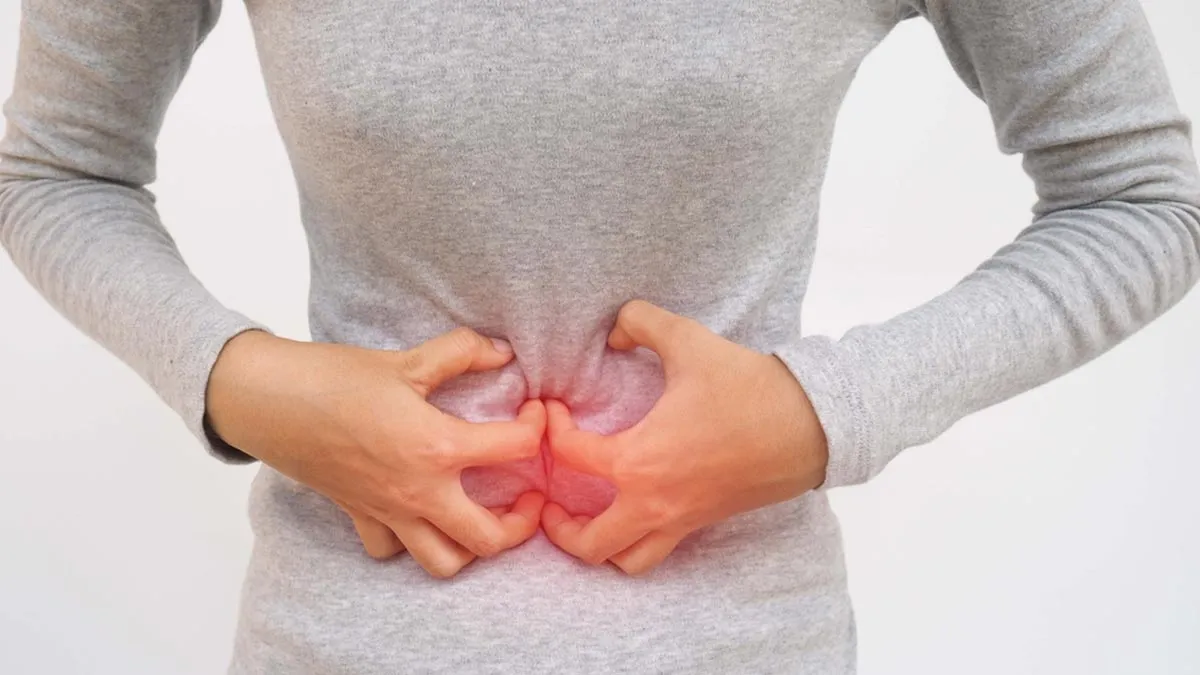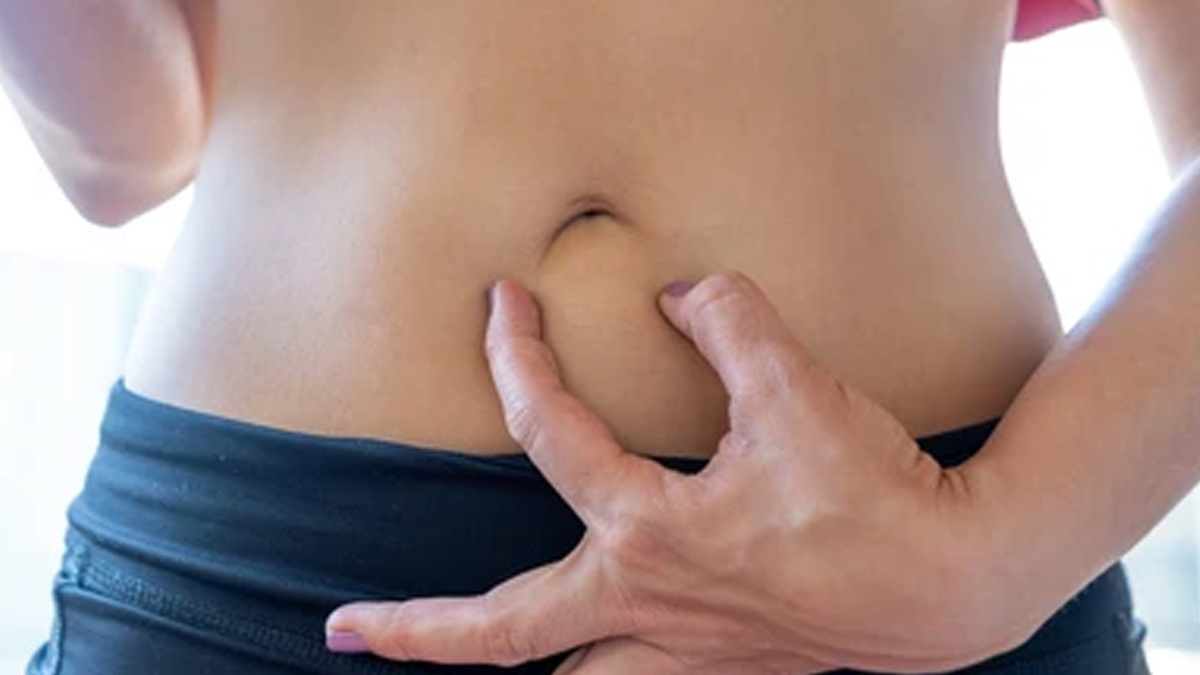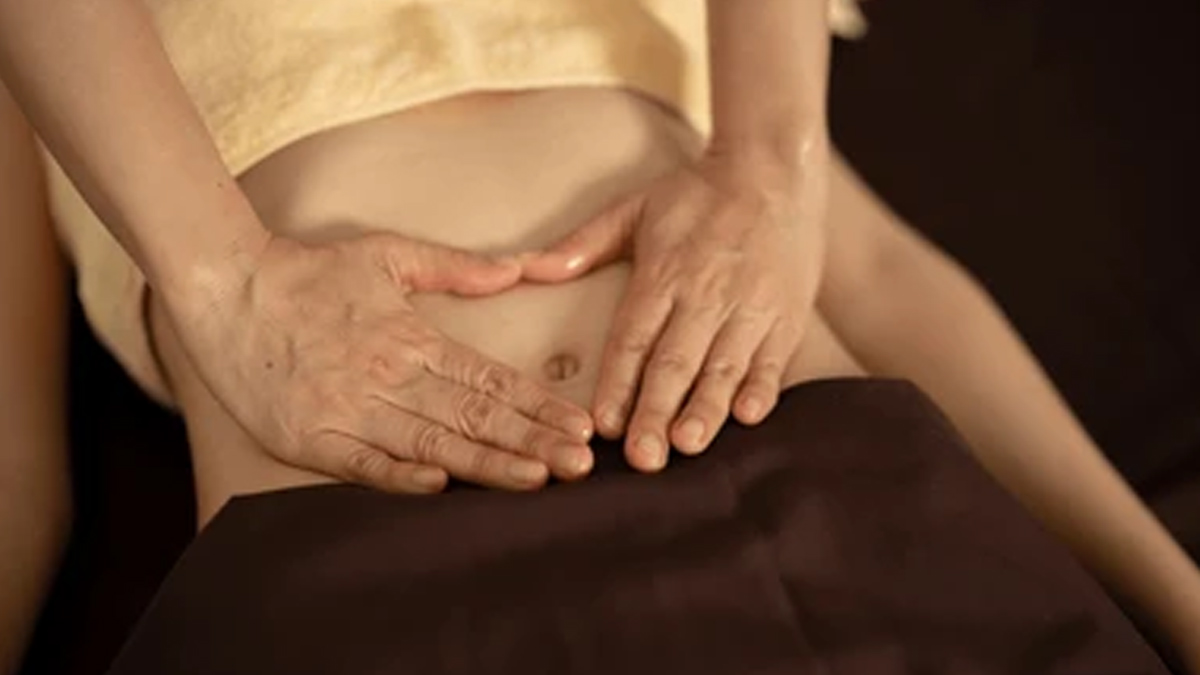
Hygiene concerns every part of your body, including the most overlooked: the navel, also called the belly button. Although the navel has no biological function in adults, neglecting its cleanliness can lead to infections.
Table of Content:-
You may have often noticed belly button discharge, sometimes even with a slight smell. While this can be normal, sometimes it can indicate an infection or other issues. In such cases, you must consult a doctor to find out the underlying cause and treat whatever the problem is.
Common Causes Of Navel Discharge

According to Dr Shireen Furtado, Senior Consultant - Medical and Cosmetic Dermatologist, Aster CMI Hospital, Bengaluru, some of the common causes of navel discharge include infections, such as bacterial or fungal infections, which can also lead to inflammation.
Additionally, conditions like an umbilical hernia or irritation from clothing can also contribute to this symptom, she adds.
Another condition that can be associated with navel discharge is omphalitis, which is an infection of the umbilicus and/or surrounding tissues, mainly in the neonatal period. According to StatPearls Publishing, this condition can quickly progress to systemic infection and death, with an estimated mortality rate between 7-15%.
The doctor notes that it is essential to recognise when navel discharge becomes a cause for concern; if the discharge is accompanied by pain, a foul odour, or any signs of infection such as redness or swelling, it is advisable to seek medical advice promptly.
Signs Of Navel Infection

It is important to note that sometimes, navel discharge can be normal. “Normal secretions are usually clear or slightly yellowish, odourless, and may occur due to natural skin oils or sweat,” explains Dr Furtado.
However, signs of infection often present as a change in colour to green or brown, accompanied by a foul odour, increased redness, swelling, or even discharge that may be pus-like, she adds.
If you notice any discomfort, itching, or persistent changes in the appearance of your belly button, it is essential to consult a healthcare professional for an accurate diagnosis and appropriate treatment.
Also Read: What Causes Belly Button Discharge? Expert Explains Why Your Navel Is Wet and Smelly
Hygiene Practices To Prevent Navel Infection

Some of the hygiene tips to prevent navel infection are as follows:
- Regularly cleaning the belly button with mild soap and water; this helps remove dirt and bacteria that may accumulate in the belly button.
- Gently dry the navel after washing, as moisture can create a suitable environment for bacterial growth.
- Avoid the use of harsh chemicals or irritants, as these can disrupt the natural balance of the skin and lead to irritation or infection.
- For those with piercings, keeping the area clean and following aftercare instructions diligently can further reduce the risk of complications.
Treatment For Navel Infection
Mild navel infection can be treated at home with natural remedies, says Dr Furtado, who shares:
- Use warm saline compresses to provide soothing relief and help reduce inflammation.
- Apply natural antiseptics like tea tree oil or diluted apple cider vinegar with antimicrobial properties.
- Over-the-counter treatments, including topical antibiotic ointments, can be beneficial.
- According to the doctor, understanding when to seek medical attention for navel discharge is crucial for maintaining overall health and well-being.
“If you notice any unusual discharge from your navel, especially if it is accompanied by symptoms such as redness, swelling, pain, or a foul odour, it is crucial to consult a healthcare professional promptly. These signs could indicate an infection or other underlying conditions that require immediate intervention. Treatment options may vary depending on the diagnosis but can include antibiotics for infections, proper wound care, or even surgical procedures in more severe cases,” she concludes.
Also watch this video
How we keep this article up to date:
We work with experts and keep a close eye on the latest in health and wellness. Whenever there is a new research or helpful information, we update our articles with accurate and useful advice.
Current Version